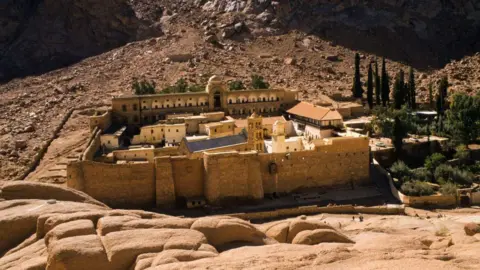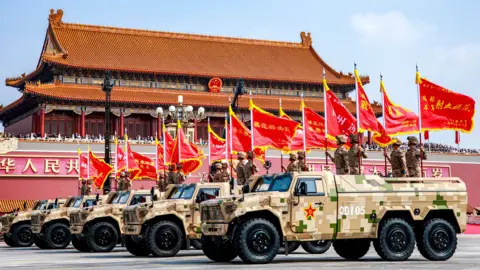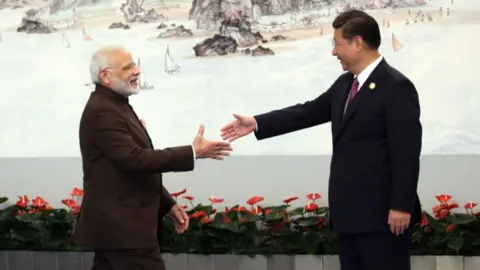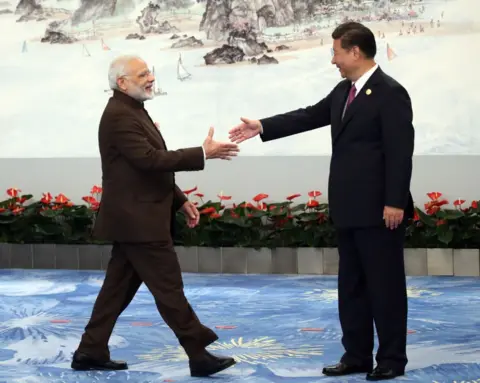In a contentious turn of events, the Indian government has issued a legal warning to Sotheby's in Hong Kong, urging the auction house to cancel the sale of jewels allegedly connected to the remains of Buddha. Set to take place on Wednesday, this auction includes artifacts uncovered over a century ago, believed to hold significant religious and cultural value, as they were found interred with the bone fragments of Buddha.
The Indian Ministry of Culture has stated that the sale of these gems constitutes a breach of both Indian and international law, as well as various United Nations conventions. They argue that the jewels should be considered sacred and therefore should be returned to India. The planned auction has drawn condemnation from Buddhists and art scholars worldwide, who echo concerns over the ethical implications of selling such historically significant objects.
In response, Sotheby's has acknowledged receipt of the Indian government's legal notice and indicated that the matter is under careful consideration. The Indian culture ministry also publicized its letter to Sotheby's, in which it criticized Chris Peppé — the great-grandson of the Englishman who excavated the relics — asserting that he lacks any legitimate authority to conduct the sale. Furthermore, the ministry accused Sotheby's of perpetuating the “colonial exploitation” of cultural assets through this auction.
The jewels in question were unearthed by William Claxton Peppé in 1898 at Piprahwa, an area near Lumbini, widely recognized as the birthplace of Buddha. The excavation led to the discovery of approximately 1,800 gems, including rubies, sapphires, and gold artifacts, which were later transferred to various custodians, including the colonial Indian government. Only a fraction of these items has remained within the Peppé family, which maintains that the auction is a fair solution for the wetond to Buddhist communities interested in acquiring them.
The Indian government has dismissed the Peppé family's claims that the jewels are historical "duplicates," arguing that they represent a vital part of India's cultural and religious heritage. The ministry insists that these jewels cannot be treated merely as specimens but should be recognized as integral offerings to Buddha's sacred body. They further demanded a public apology from both Sotheby's and the Peppé family, alongside a complete account of the jewels’ provenance.
An additional grievance raised by the Indian authorities concerns the lack of proper custodianship of the jewels, evidenced by reports that they have been neglected in storage. The ministry has laid concrete plans to pursue legal action in both India and Hong Kong if their requests are not met, threatening to escalate the matter publicly to emphasize the auction house's role in what they term "colonial injustice."
Previous comments from Chris Peppé reflect a sense of burden regarding the jewels’ ownership. He suggested other avenues such as donating the relics were fraught with complications, and positioned the auction as a transparent method to return them to Buddhist stewards. However, the Indian government remains resolute that the cultural significance of these artifacts holds far greater importance than the financial outcomes tied to their auction. The ongoing debate continues to raise questions about the rightful ownership and ethical stewardship of significant cultural heritage items.






















